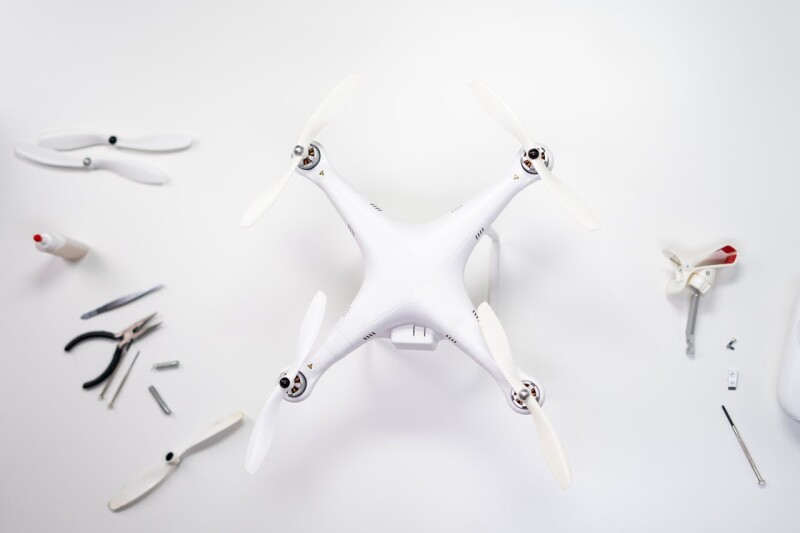Why the Next Decade Will Witness the Commoditization of Drone Technology
In the world of technology, commoditization refers to the transformation of advanced products into common goods, leading to drastic reductions in their cost and widespread availability. This phenomenon has been observed in numerous industries, including computers and automobiles. As we look forward, the drone sector is poised to follow a similar path.
The Commoditization Journey
The commoditization process typically unfolds in four distinct stages:
1. Pioneer Stage
Initially, the market sees the emergence of many players, a variety of designs, and innovations, but few endure. Early automotive companies like the Pope Manufacturing Company and Duesenberg struggled because their products were often too expensive and lacked necessary range.
2. Adoption Stage
During this phase, market preferences coalesce around standard features, driving costs down. A prime example is the introduction of the modern car configuration by Cadillac in 1916, making driving easier and more standardized.
3. Consolidation Stage
This stage focuses on mass production and economies of scale, making products even more accessible. Take the Model T, which saw prices tumble from $800 in 1910 to $300 by 1920, making it affordable for a wider audience.
4. Disrupter Stage
As companies settle into routines, true innovation often stagnates until disruptions arise—like Tesla’s breakthroughs in electric vehicles. This cyclical nature ensures that while some businesses thrive, others may falter.
The Status of Drones
In terms of the drone market, it’s useful to categorize the technology into two key types:
1. Personal and Light Commercial Drones
This segment, exemplified by drones such as the DJI Mavic and Autel EVO, is progressing into the later Adoption and even Consolidation stages. Common features have converged among manufacturers, focusing heavily on camera capabilities. Despite the proliferation of firms, DJI captures approximately 70% of the market, indicating that dominant players are beginning to emerge.
Incremental improvements are now the focus, akin to smartphone technology, where no major advancements significantly shift market share.
2. Heavy-Duty Commercial Uses
This category is still in the Pioneer Stage. As with the early automotive industry, we see varied designs and functionalities, but with no clear market leaders yet. For instance, while agricultural spraying drones are gaining traction, limitations in flight time and cost mean they still cannot replace more established machinery.
Future Perspectives
Industries like agriculture may require a decade to reach mass-market adoption, while delivery services could see significant integration in five years.
As the market continues to evolve, understanding these stages can help stakeholders better navigate the commercial drone landscape.
About the Author: Justin Call, CEO of Modovolo, has launched the Lift: an innovative modular drone platform designed for various applications, making drone technology accessible and affordable.
For a deeper dive, read the Original Article.













